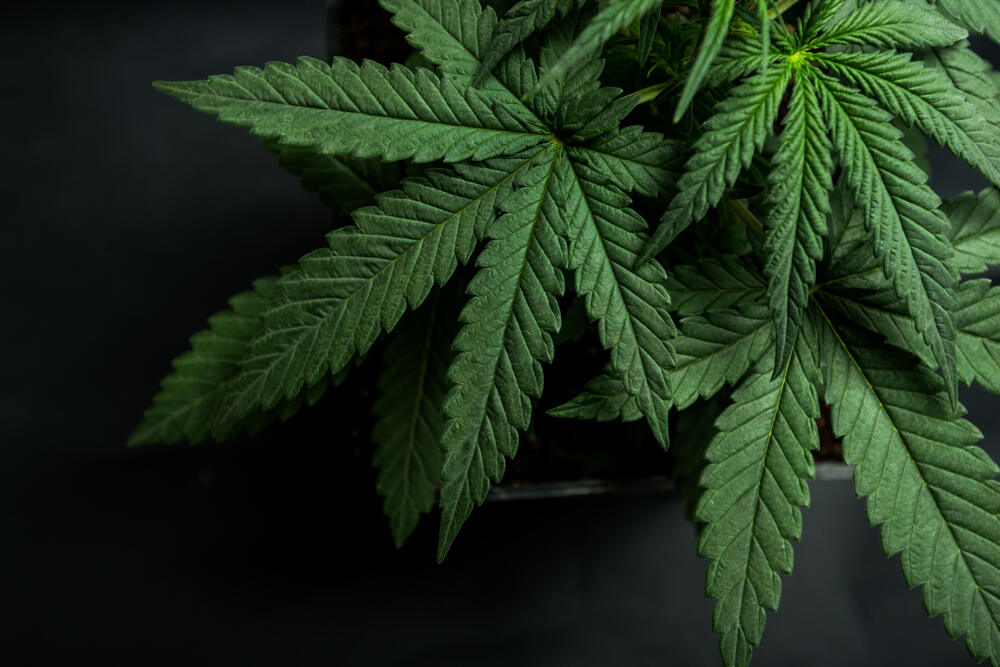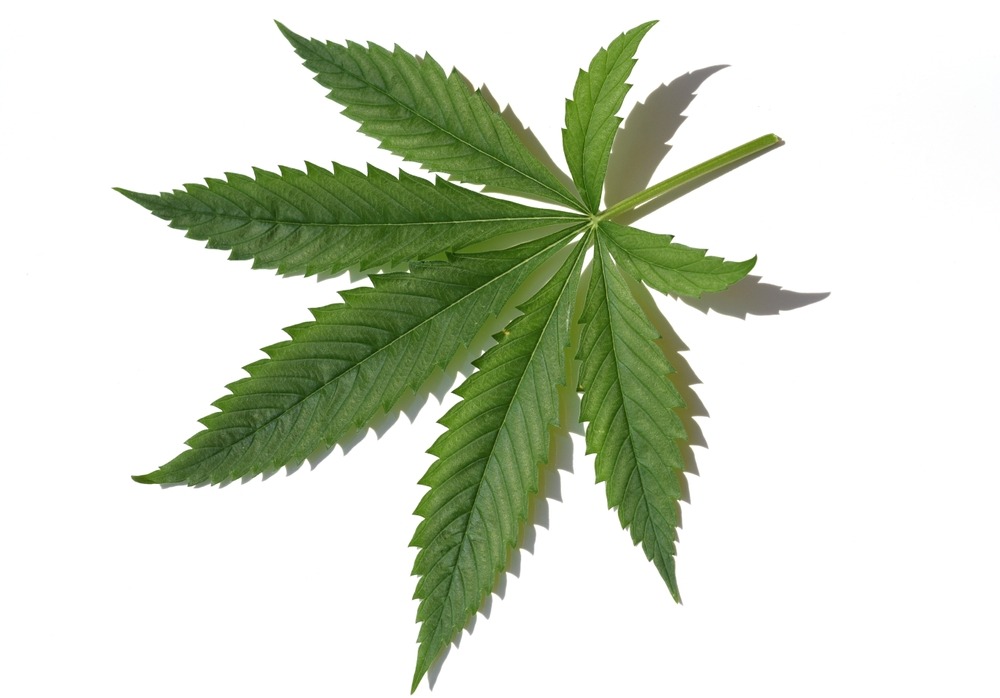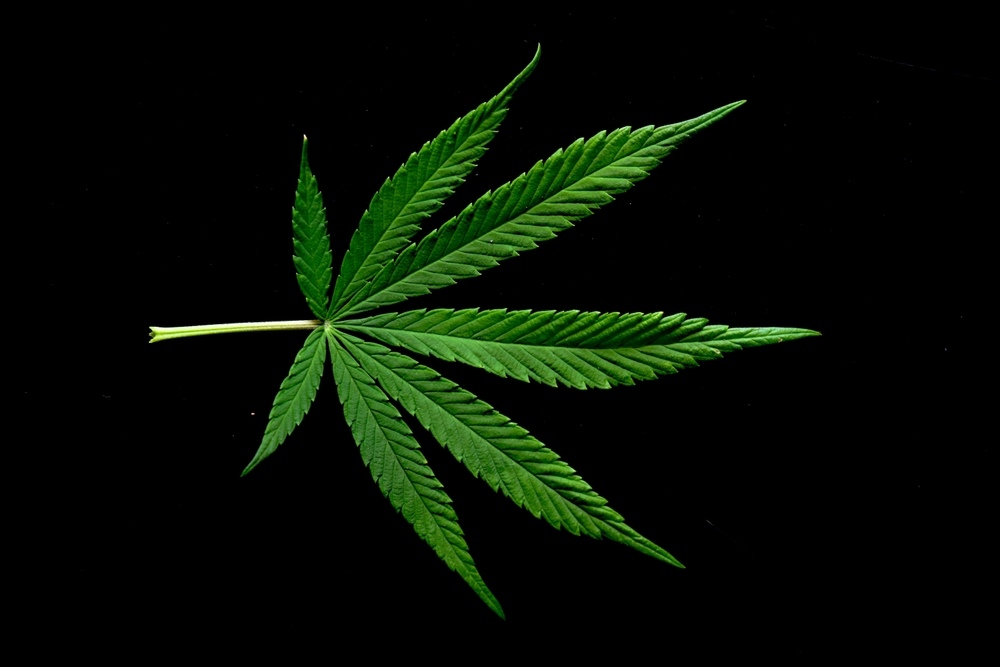The Best Fluffy Pancakes recipe you will fall in love with. Full of tips and tricks to help you make the best pancakes.

Why Do Marijuana Leaves Look Different?
If you’ve ever grown cannabis or even just taken a close look at a plant, you’ve probably noticed something strange: marijuana leaves don’t all look the same. From the number of “fingers” to the size, shape, and health of the leaves, they can tell you a lot about your plant. In this article, we’ll break down why marijuana leaves look different, how to recognize healthy and unhealthy leaves, and what each type of leaf means for your grow.
Introduction to Cannabis Leaves
The leaves of a cannabis plant are not just for show – they serve specific purposes that help the plant grow and thrive. Different types of leaves do different jobs, and they change as the plant matures. Knowing how to identify the leaves on your plant can give you insights into its health and what it needs to grow strong.
Overview of Cannabis Leaf Anatomy
At first glance, cannabis leaves might all seem the same, but each leaf has a specific function. They’re not just decoration – they help with photosynthesis, regulate the plant’s water loss, and can even be an indicator of the plant’s strain and health. The two primary types of leaves you’ll see on your plant are fan leaves and sugar leaves, which we’ll break down in detail later.
Importance of Understanding Cannabis Leaves
Your cannabis leaves are your plant’s way of communicating with you. If you want to know whether your plant is healthy or stressed, just check the leaves. Recognizing the differences between the types of leaves and their health can help you make adjustments to your grow environment, feeding schedule, or other factors to get the most out of your plant.
Number of Fingers on Cannabis Leaves
One of the most recognizable features of cannabis leaves is the number of “fingers” or blades each one has. You’ll notice this number varies depending on the plant’s stage and strain.
Why Do Cannabis Leaves Have Different Numbers of Fingers?
Cannabis leaves typically have between 5 and 11 fingers, but most commonly, you’ll see 7. Young plants may start with 3 fingers, and as they mature, they’ll grow more. The number of fingers can also be an indicator of the plant’s strain or its overall health.
What Does the Number of Fingers Indicate About the Plant?
Generally, plants with more fingers are healthy and mature. Fewer fingers, especially if your plant has had more in the past, might signal stress or nutrient deficiencies. Keep an eye out for any changes in the number of fingers as your plant grows – it can be a sign that something’s off.
Indica Leaves

Indica plants are known for their short, bushy stature, and their leaves are a big part of that look. If you’ve got a squat little plant with wide leaves, you’re probably growing an Indica.
Characteristics of Indica Leaves
Indica leaves are broad, dark green, and thick. They have a shorter, more compact structure compared to Sativa leaves, making them ideal for growing indoors where space might be tight. These leaves are wide because Indica plants evolved in cooler climates, so they need larger leaves to soak up as much sunlight as possible.
How to Identify an Indica Leaf
If you see short, fat leaves with deep green coloring, you’re looking at an Indica. These plants often have fewer fingers (usually 5-7) compared to Sativas.
Growing Conditions for Healthy Indica Leaves
Indica plants thrive in cooler, controlled environments with moderate humidity. Keep their environment stable, and the leaves will stay wide, dark, and healthy. Too much heat or dryness, and those beautiful broad leaves will start to curl or dry out.
Sativa Leaves

Sativa plants are the tall, lanky cousins of Indicas, and their leaves are just as distinct. If your plant looks more like a tree than a bush, chances are you’ve got a Sativa on your hands.
Characteristics of Sativa Leaves
Sativa leaves are long, thin, and light green. Unlike Indica leaves, which are built for cooler climates, Sativa leaves are designed to thrive in warmer, tropical environments. They’re long and slender to prevent the plant from overheating.
How to Identify a Sativa Leaf
Sativa leaves have a more delicate appearance than Indica leaves, with more fingers – sometimes up to 11. Their lighter green color is also a giveaway.
Growing Conditions for Healthy Sativa Leaves
Sativas love the sun, so give them plenty of light and warm temperatures. Keep the humidity level low, and your Sativa leaves will stay long and slender. Too much moisture, though, and you’ll start to see issues like leaf curling or mold.
Ruderalis Leaves
Ruderalis plants aren’t as popular with growers, but their leaves are still worth knowing about – especially if you’re interested in auto-flowering strains.
Characteristics of Ruderalis Leaves
Ruderalis leaves are a middle ground between Indica and Sativa. They’re not as wide as Indica leaves but not as long as Sativa leaves either. They typically have fewer fingers, and the plant itself stays quite small.
How to Identify a Ruderalis Leaf
Ruderalis leaves are smaller and less dramatic than Indica or Sativa leaves. They tend to have about 5 fingers, and their medium width makes them easy to spot.
Unique Features of Ruderalis Leaves Compared to Indica and Sativa
One of the main things that sets Ruderalis apart is that it’s auto-flowering. That means it doesn’t need specific light cycles to flower, making it great for beginners. Its leaves reflect this simplicity – they’re straightforward and low-maintenance.
Cotyledons: The First Cannabis Leaves
Before you even get true cannabis leaves, you’ll see cotyledons – the first sign that your seedling is on its way.
What Are Cotyledons?
Cotyledons are the first leaves to pop out when your seed germinates. They’re small, round, and look totally different from the plant’s later leaves.
How Cotyledons Differ from True Cannabis Leaves
These first leaves are simple, rounded, and don’t have any of the fingers that true cannabis leaves do. Think of them as the plant’s baby teeth – they’re important for those first stages, but they’re not going to stick around for long.
Why Cotyledons Are Important for Cannabis Seedlings
Even though they don’t look like cannabis leaves, cotyledons are essential for your plant’s early growth. They’re the first source of energy and nutrients for the plant until the root system is strong enough to take over.
Fan Leaves and Sugar Leaves: The Two Main Types
As your plant grows, you’ll start seeing two distinct types of leaves: fan leaves and sugar leaves. Each one has a job to do.
Fan Leaves: Functions and Identification
Fan leaves are the big, iconic leaves that you see in all the pictures. These leaves are responsible for photosynthesis – they soak up sunlight and keep your plant growing.
Sugar Leaves: Functions and Identification
Sugar leaves are smaller leaves found within the buds. They’re called sugar leaves because they’re often covered in trichomes, giving them a frosty appearance. These leaves also contribute to photosynthesis but are more about producing those precious cannabinoids.
How to Maintain Healthy Fan and Sugar Leaves During Growth
Healthy leaves are all about balance. Make sure your plants get plenty of light, water, and nutrients, but don’t go overboard. Too much or too little of any of these can result in sickly leaves, and that’s the last thing you want.
Identifying Healthy Cannabis Leaves
When your plant is thriving, its leaves will show it. But how can you tell if your leaves are healthy?
Key Indicators of a Healthy Cannabis Leaf
A healthy cannabis leaf is vibrant green with no discoloration or curling. The edges should be smooth, and the fingers should spread out evenly. If your leaves are looking plump and happy, your plant is likely in great shape.
What Do Healthy Leaves Say About Your Plant’s Growth?
Healthy leaves mean your plant is getting everything it needs. If the leaves are growing large and lush, your plant has the right nutrients, lighting, and water. Keep doing what you’re doing!
Identifying Unhealthy Cannabis Leaves
Sometimes, things go wrong, and your leaves will show the first signs. If your leaves start looking funky, it’s time to pay attention.
Common Signs of Unhealthy Cannabis Leaves
If your leaves are turning yellow, curling, or developing spots, that’s a clear sign something’s off. The most common problems include nutrient deficiencies, overwatering, and pests.
What Causes Cannabis Leaves to Look Unhealthy?
Unhealthy leaves can be caused by a variety of factors. Overwatering, nutrient deficiencies, pests, or even too much light can cause problems. The good news is, catching these issues early gives you a better chance of fixing them.
How to Treat Common Leaf Problems in Cannabis Plants
If your leaves start to show signs of distress, check your grow setup. Are you watering too much or too little? Is your plant getting enough light and nutrients? Fix these problems, and your leaves should bounce back.
FAQ:
Why do marijuana leaves have multiple fingers?
Cannabis leaves grow multiple fingers as the plant matures. This is a sign of healthy growth and is often influenced by the strain and environment.
How can I tell if my cannabis plant is Indica, Sativa, or Ruderalis by looking at the leaves?
Indica leaves are short and wide, Sativa leaves are long and thin, and Ruderalis leaves are somewhere in between. Each strain has distinct leaf characteristics.
What is the purpose of the fan leaves on cannabis plants?
Fan leaves help with photosynthesis, turning light into energy for the plant. They’re the large, iconic leaves that soak up the sun.
What should I do if my cannabis leaves start turning yellow?
Yellowing leaves could mean a nutrient deficiency or overwatering. Check your nutrient schedule and water levels, and adjust as needed.
Why do cotyledons look different from other cannabis leaves?
Cotyledons are the plant’s first leaves, and they’re there to provide nutrients until the roots develop. They’re smaller, rounder, and don’t have the typical “fingers” of cannabis leaves.




